The Camino de Santiago is the world’s best-known Christian pilgrimage trail and hundreds of thousands of people set out to walk it every year.
The history of the Camino de Santiago can be traced back to the Middle Ages, and although nowadays, most pilgrims only walk the 100-kilometre section from Sarria to Santiago de Compostela, originally, pilgrims would have walked from their hometowns. This led to the creation of a network of Caminos connecting Santiago de Compostela to towns and cities throughout Europe.
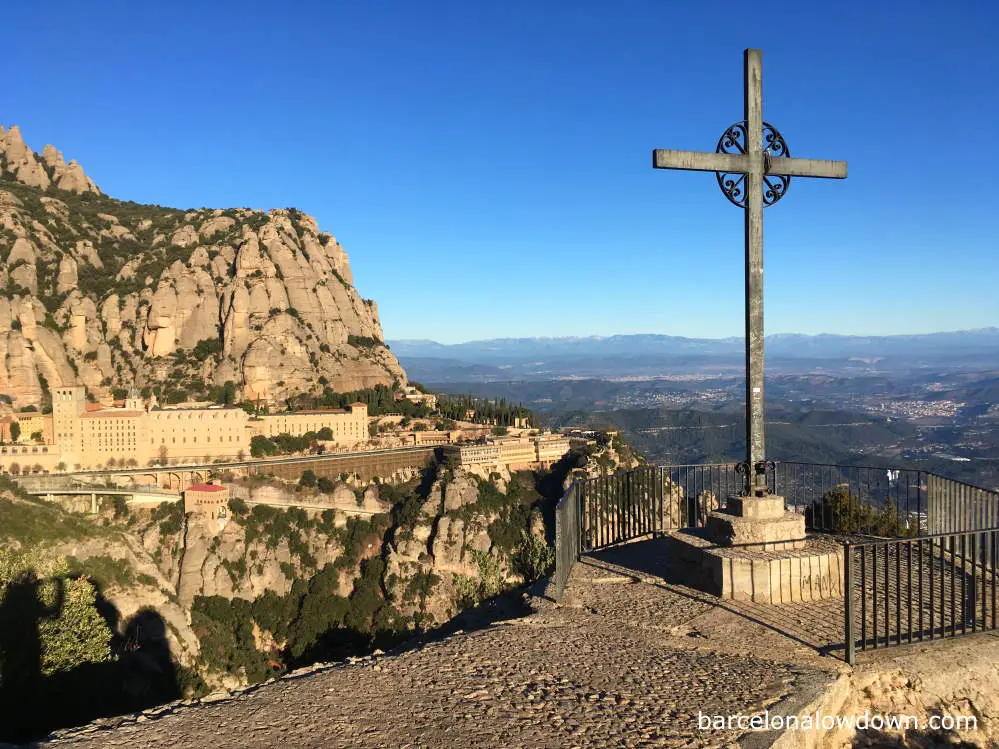
Historically, Barcelona was a popular starting point for the Camino de Santiago. Not only did pilgrims who lived in the city set off from here, but also those who arrived by ship from across the Mediterranean.
Another reason for starting the pilgrimage from Barcelona was to visit Montserrat, an eleventh-century Monastery home to La Moreneta and a popular pilgrimage site in its own right.
There are three officially recognized routes for walking the Camino de Santiago from Barcelona to Montserrat, all of which count towards earning your Compostela.
In this post, we take a look at all three routes and compare their advantages and disadvantages. I’ve also included practical information that will be helpful whether you are walking all the way to Santiago de Compostela or just the sixty-four kilometres from Barcelona to Montserrat.
Contents
- Camino routes from Barcelona to Montserrat
- Which route is best? Which to choose?
- Where to stay: albuerges, hostels and hotels
- Finding your way
- Guidebooks and other sources of information
- Where to buy your pilgrim’s passport in Barcelona
- Where to buy trekking poles and other hiking equipment in Barcelona
- Conclusions
Camino routes from Barcelona to Montserrat
The Camino de Santiago from Barcelona to Montserrat is a branch of the Camino Catalan, or Camí de Sant Jaume, as it is known locally.
There are three official routes, each approximately sixty-four kilometres long and typically divided into three stages. All three routes start at the Church of Sant Jaume (Catalan: Esglesia de Sant Jaume) in the heart of Barcelona’s historic Gothic Quarter.
Two of the routes head northwest to Sant Cugat del Vallès, crossing Collserola Natural Parc before continuing to Montserrat via either Esparreguera or Terrassa.
The third route leaves Barcelona to the southwest before following the Llobregat River north towards Montserrat.
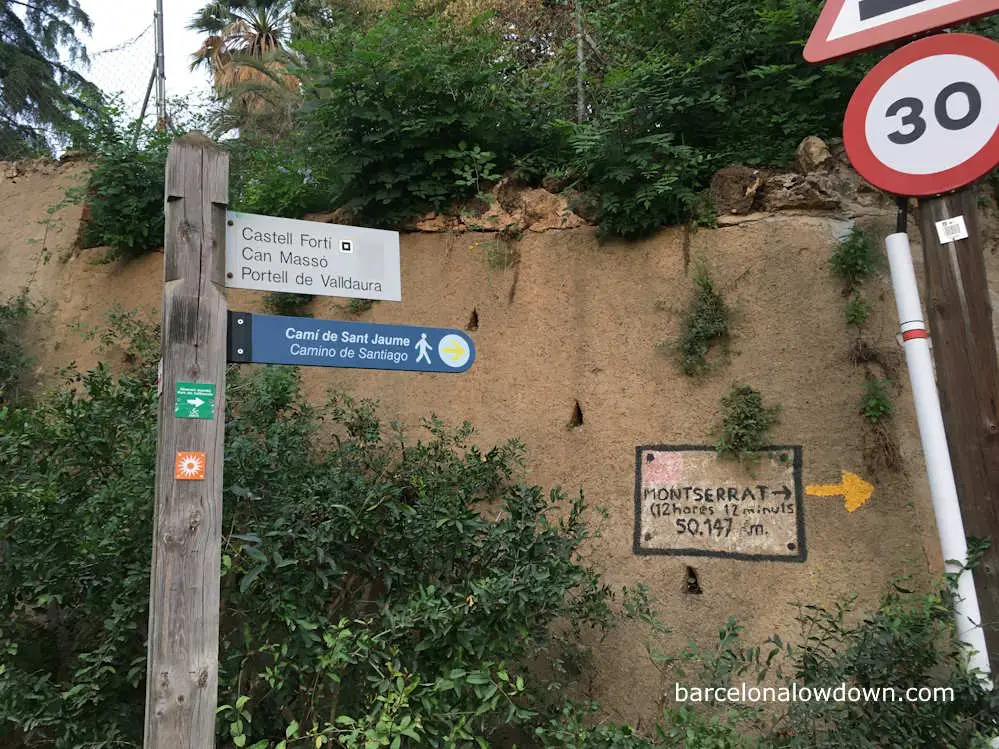
Route 1: Barcelona – Sant Cugat – Esparreguera – Montserrat
On day one, this route takes you through the Eixample district, past emblematic buildings such as Casa Batlló and La Pedrera, to the Vila de Gràcia. Then, you continue through the El Carmel neighbourhood to El Parc del Laberint d’Horta.
From here, you follow footpaths across Collserola Natural Park, where you get excellent views across Barcelona and towards Montserrat before descending to Sant Cugat del Vallès, with its impressive fourteenth-century monastery.
Day two takes you to Esparreguera via Ullastrell and Olesa de Montserrat. Although it’s not exactly a wilderness hike, it’s surprisingly rural, and after leaving Sant Cugat, the route avoids large urban areas.
Day three, from Esparreguera to Montserrat, is a short twelve-kilometre hike. This means you can arrive at the monastery early, giving you plenty of time in the afternoon to explore, visit the monastery and attend the evening Mass.
The approach via Collbató is very scenic and less physically demanding than the hike up from Monistrol de Montserrat.
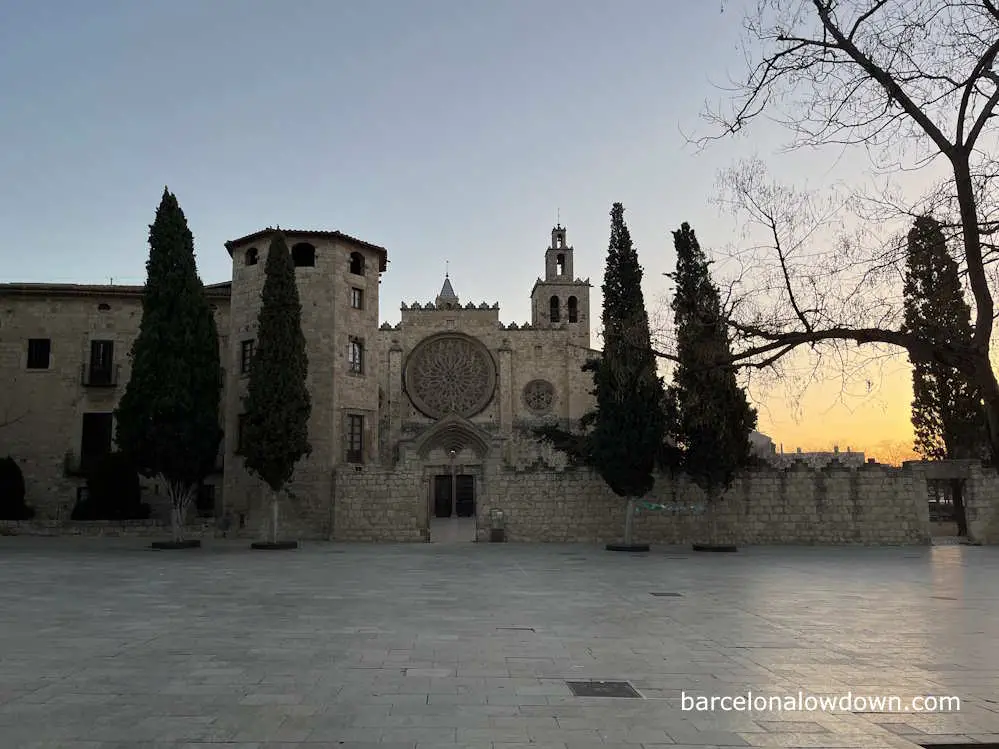
Route 2: Barcelona – Sant Cugat – Terrassa – Montserrat
The second route follows a slightly different rout through Barcelona. After passing the emblematic modernista buildings on Passeig de Gràcia, it picks up the route of the Via Augustus to the Pedralbes neighbourhood and the historic Monestir de Pedralbes. From here, it continues uphill to the peak of Mt. Tibidabo and the Church of the Sacred Heart before continuing through Collserola Natural Park to Sant Cugat.
On the second day, you hike seventeen kilometres from Sant Cugat to Terrassa, a lively town with an attractive town centre and a historic church complex called La Seu d’Ègara. I’ve written more about Terrassa in this post.
On the third day, you hike twenty-five kilometres from Terrassa to Montserrat. This scenic route offers spectacular views of Montserrat from Coll de la Creu.
However, the hike up from Olesa de Montserrat is physically harder than the route via Collbató, especially considering that it comes at the end of a fairly long third day.
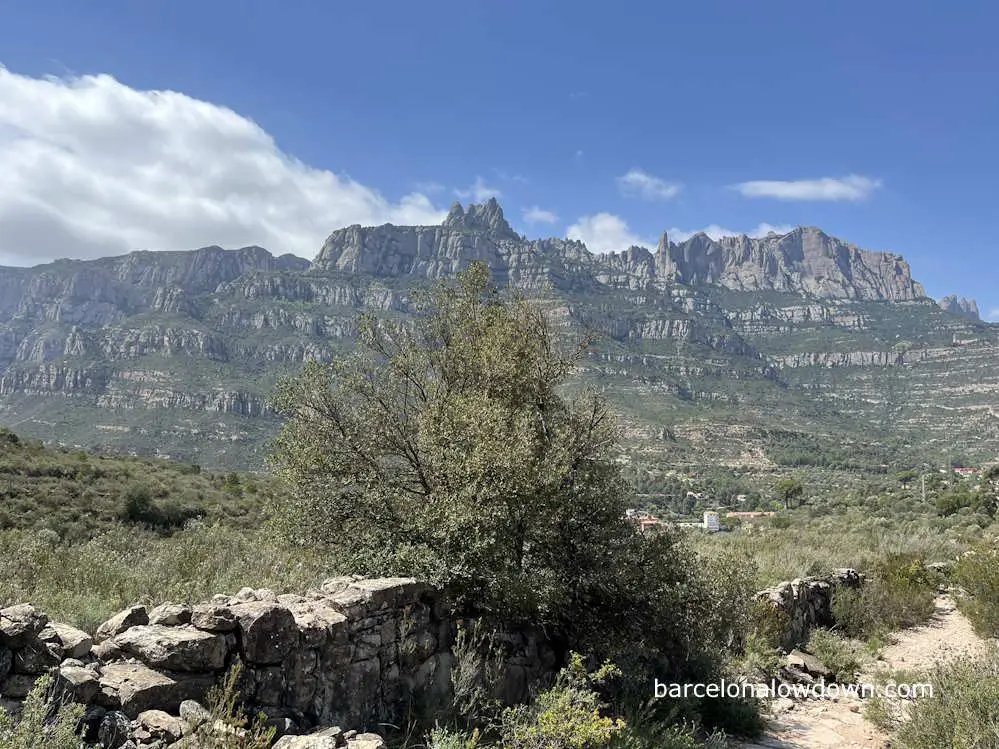
Route 3: Barcelona – Molins de Rei – Esparreguera – Montserrat
The third route heads southwest through Barcelona’s suburbs to Cornella and Molins de Rei before following the course of the Llobregat River to Esparreguera and Montserrat.
Although this route has the advantage of being relatively flat, it is more urban and industrial than the other routes.
Day one starts at the Esglesia de Sant Jaume before crossing La Rambla to the El Raval neighbourhood. From here, it continues past the Mercat de Sant Antoni to Plaça d’Espanya and the Sants neighbourhood.
After this, you continue through L’Hospitalet to Cornella, where you briefly leave the urban sprawl and walk through a small nature reserve alongside the Llobregat River to Molins de Rei.
On day two, you pick up the river again and follow footpaths towards Martorell, where you cross an interesting medieval bridge called el Pont del Diable. This part of the walk isn’t unpleasant, although the hum of the motorways is always there in the background.
On the second day, this route crosses two dried-up river beds, which may be impassable after periods of heavy rain. Also, shortly before reaching Esparreguerra, there is a fairly long unlit tunnel used by walkers and cyclists, so it’s best to have your headlamp or a torch handy.
From Martorrell to Esparreguera, you walk through a series of large industrial estates surrounding the huge SEAT factory.
Day three, from Esparraguera to Montserrat, is as I described for the first route since you follow the same path.
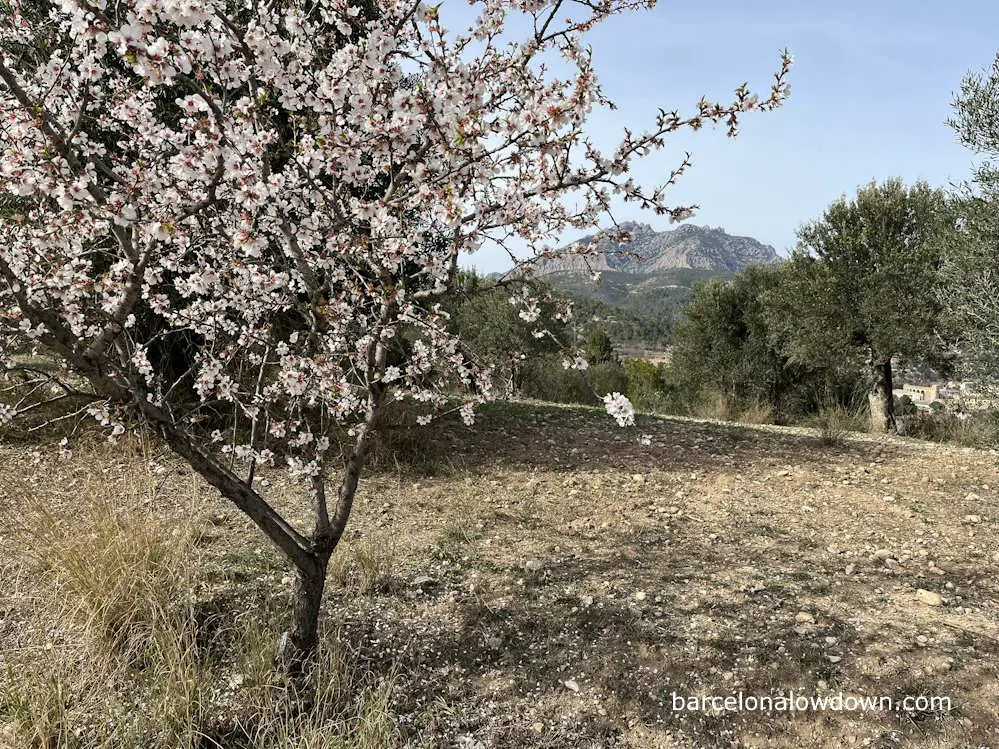
Which route is best? Which to choose?
I’ve walked all three routes and recommend walking Route One via El Parc del Laberint d’Horta, Sant Cugat del Vallès and Esparreguerra.
It is the most rural of the three routes, and although the second day is quite long, it results in a shorter and less demanding third day. This leaves you with time and energy to spend the afternoon exploring Montserrat before continuing towards Igualada the next day.
The second route has the advantage of visiting Terrassa, which is an interesting town in its own right. It is also a scenic route. However, I think the long third day and the steeper climb up to the Monastery are both disadvantages.
In theory, the third route, via Molins de Rei, offers the advantage of being relatively flat. However, it involves a lot of walking through urban and industrial areas, so I don’t recommend it.
If you are new to multi-day hiking and are nervous about walking twenty-one kilometres on your first day, I recommend taking the L3 metro to Mundet and starting at El Parc del Laberint d’Horta. The park is within the city limits and still counts as starting from Barcelona.
You could also break the second day in two by staying at the albergue in Ullastrell.
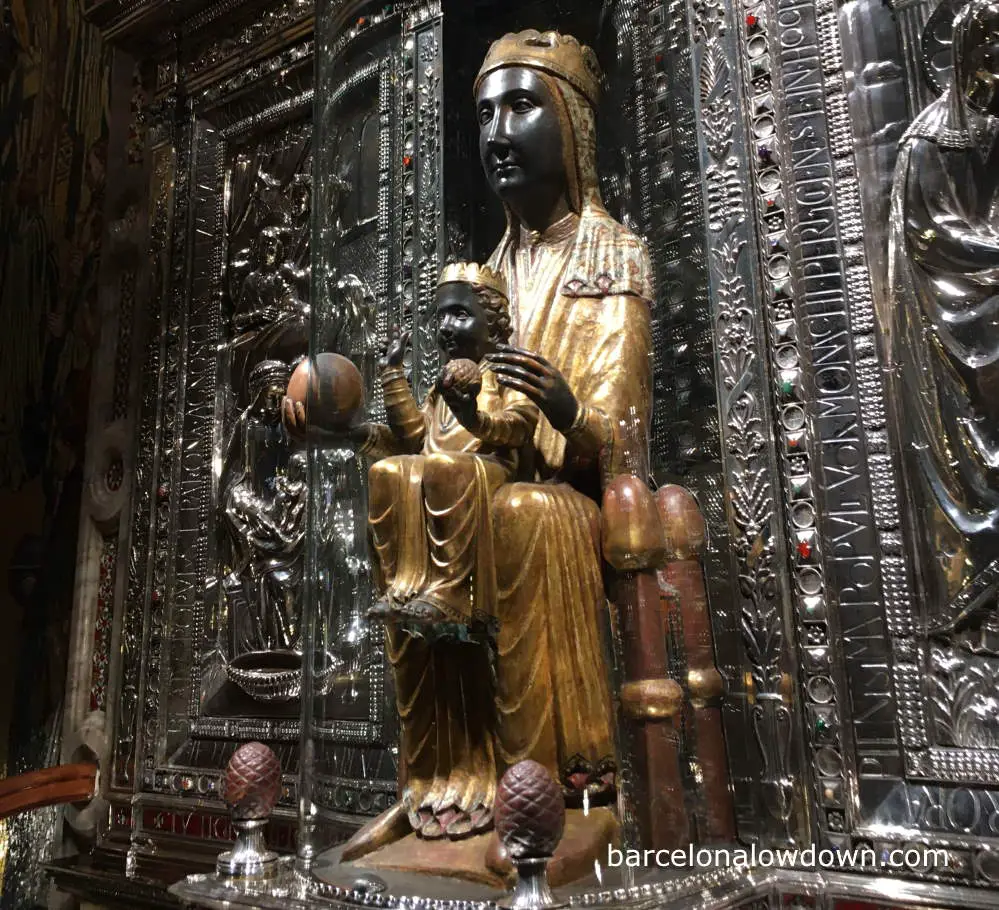
Where to stay: albergues, hostels and hotels
If you’ve been researching the Camino, you’ll have read about the pilgrim’s hostels or albergues that exist in abundance on the more popular routes, such as the Camino Frances.
Unfortunately, the only pilgrim’s hostel between Barcelona and Montserrat is in Ullastrell. For more information and to get the keys, you should contact Ullastrell town hall at +34 937887262 (Monday to Friday).
In Barcelona and Terrassa, there are Youth Hostels operated by Xanascat, the Catalan Youth Hostelling Association. More information here.
If you decide to stay in a hotel or backpackers hostel in Barcelona, I recommend staying near Plaça de Catalunya. My complete guide to where to stay in Barcelona has more information.
Quite a lot of accommodation is available in Sant Cugat, although much of it is outside the town centre, so you should check the locations before booking. The university has studios and double rooms available, which look good value for money and are well located, not far from the monastery and the city centre.
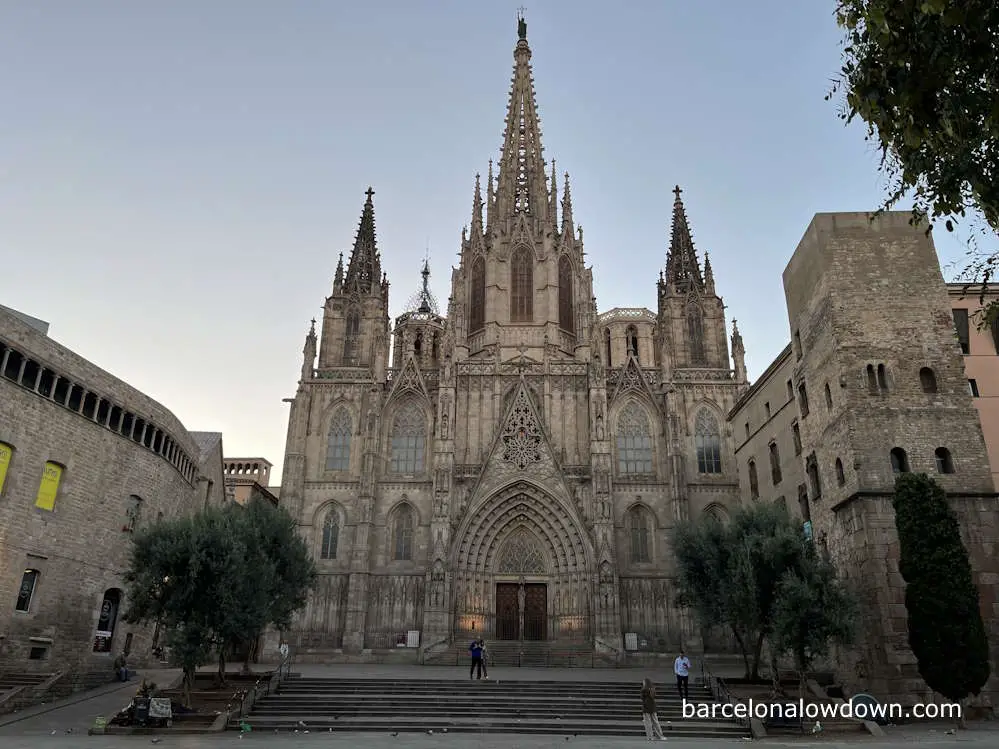
In Esparreguera, Can Duran gets good reviews and is located right next to the Camino.
The best option in Molins de Rei is the Holiday Inn Express, which is located next to the Camino and not far from the city centre.
As you will see in my complete guide to visiting Montserrat, the monastery offers a range of accommodation, including a hostel, apartments, a campsite and a three-star hotel. Pilgrims get a discount when staying at Albergue Abat Oliba, where you can choose between single rooms or a bed in a shared dormitory.
To book a bed in the dormitory, call +34 938777701.
Finding your way
Another thing that is different about the less popular Camino de Santiago routes is that there aren’t yellow arrows or signposts at every junction to indicate which way to go.
You will come across some signs and arrows, but you shouldn’t rely on them. In fact, when starting the Camino in Barcelona, you probably won’t see any signs at all for the first five or six kilometres.
Luckily, technology is on your side. If you install Wikiloc or Alltrails on your phone, you’ll find plenty of trails covering the entire Camino, from Barcelona to Santiago de Compostela.

I recommend installing Wikiloc and then paying €10 to upgrade to a premium account, which allows you to download trails and offline maps to your phone. This will save on data usage and ensure that the app keeps working in areas where coverage is poor.
If you’re visiting from outside the EU, it’s also a good idea to get a pre-paid SIM card or an eSIM, which you can purchase before you arrive.
The tables below have links to my most recent tracks.
| Stage | Distance | Wikiloc |
| Barcelona – Sant Cugat | 20.76 km | here |
| Sant Cugat – Esparreguera | 31.46 km | here |
| Esparreguera – Montserrat | 12.76 km | here |
| Stage | Distance | Wikiloc |
| Barcelona – Sant Cugat | 24.8 km | here |
| Sant Cugat – Terrassa | 17.25 km | here |
| Terrassa – Montserrat | 24.7 km | here |
| Stage | Distance | Wikiloc |
| Barcelona – Molins de Rei | 22.62 | here |
| Molins de Rei – Esparreguera | 25.52 | here |
| Esparreguera – Montserrat | 12.76 km | here |
Guidebooks and other sources of information
The only English language guidebook which covers the route from Barcelona to Montserrat is Camino Catalan: The Tranquil Route Towards Santiago de Compostela by Callum Christie, which is an excellent book that covers the entire route through Catalunya, and Aragon to where you join the Camino Frances. The book includes detailed maps of each stage, a written description and other useful information.
If you understand Spanish, you can also download this free PDF guide published by the Catalan government in 2010.
The largest and most active forum dedicated to the Camino de Santiago is the Camino Forum at CAMINODESANTIAGO.me.
For Spanish speakers, GRONZE.com is another excellent website that includes a forum and maps of the route via Terrassa.
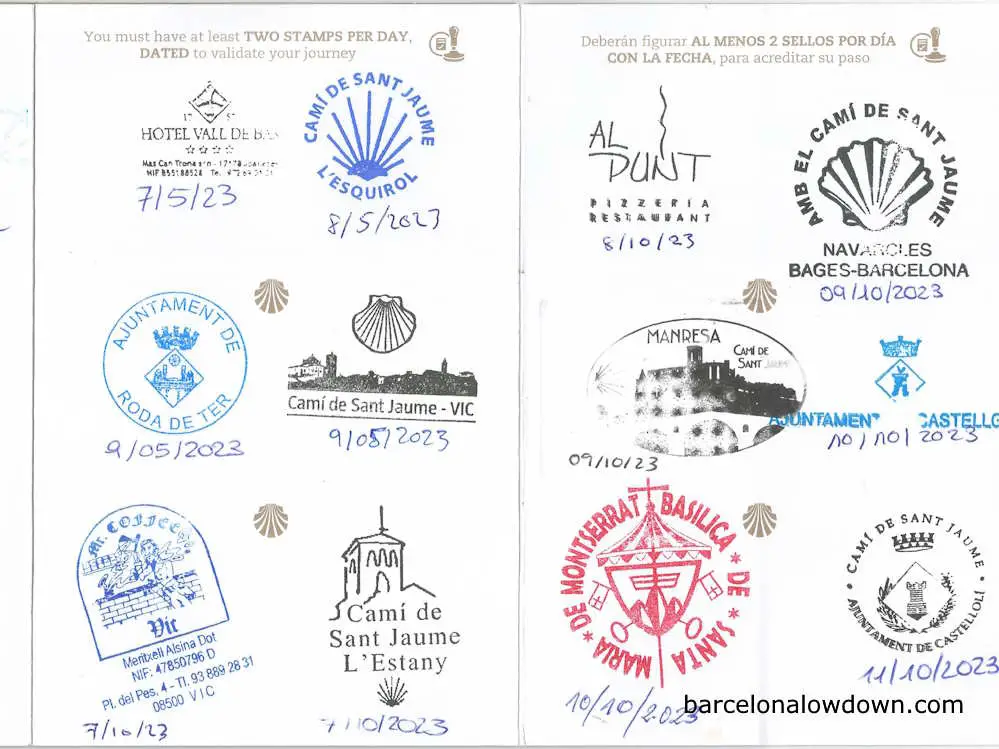
Where to buy your pilgrim’s passport in Barcelona
If you are continuing to Santiago de Compostela and want to get a Compostela to certify your pilgrimage, you will need a credencial del peregrino or pilgrim’s passport, which you then need to get stamped along the way.
Although it says that you need two stamps per day to validate your journey, I’ve been reliably informed that this is only during the last 100km. Before this point, one stamp per day is sufficient, which you can get from your accommodation, town halls and tourist offices along the way.
You will also need a pilgrim’s passport when staying in some albergues.
Pilgrim’s passports can be purchased at the following locations in Barcelona:
Arzobispado de Barcelona
Carrer del Bisbe, 5
Monday to Friday, 9:00 to 14:00
Esglèsia de Sant Jaume
Carrer de Ferràn, 28
Monday to Sunday, 10:00 to 13:30 and 17:00 to 19:30.
Monestir de Sant Pau del Camp
Carrer de Sant Pau, 99
Monday to Saturday, 10:00 to 13:00 and 15:00 to 18:00
I get the feeling that none of these locations carry a large stock, and when I purchased mine, the first place I visited had run out. If you only plan to spend a few days in Barcelona, I recommend purchasing your pilgrim’s passport online before arriving.
Another alternative would be to contact the Amics dels Pelegrins a Santiago-Barcelona who sell credentials from their meeting room near Barcelona Sants train station on Wednesday evenings.

Where to buy trekking poles and other hiking equipment in Barcelona
I recommend buying your backpack, shoes, and other hiking gear beforehand and using them on practice hikes to get comfortable and ensure that they fit you properly.
The only item you may have to purchase locally is hiking poles. Many airlines don’t allow you to carry trekking poles as hand luggage, so you must either pay extra to check them in or buy them upon arrival in Barcelona.
There are plenty of retailers in Barcelona where you can purchase hiking equipment. The table below lists a few shops located near the city centre. If you only need a cheap pair of trekking poles, I recommend Decathlon.
| Shop name | Address |
| DECATHLON | Carrer de La Canuda, 20 |
| OUTDOOR BCN | Gran Via de les Corts Catalanes, 636 |
| IGLU | Carrer d’Aribau, 35 |
| MOUNTAIN SHOP VÈRTIC | Carrer de Rocafort 135 |
| BARRABES ESQUÍ Y MONTAÑA | Carrer de Roger de Llúria, 77 |
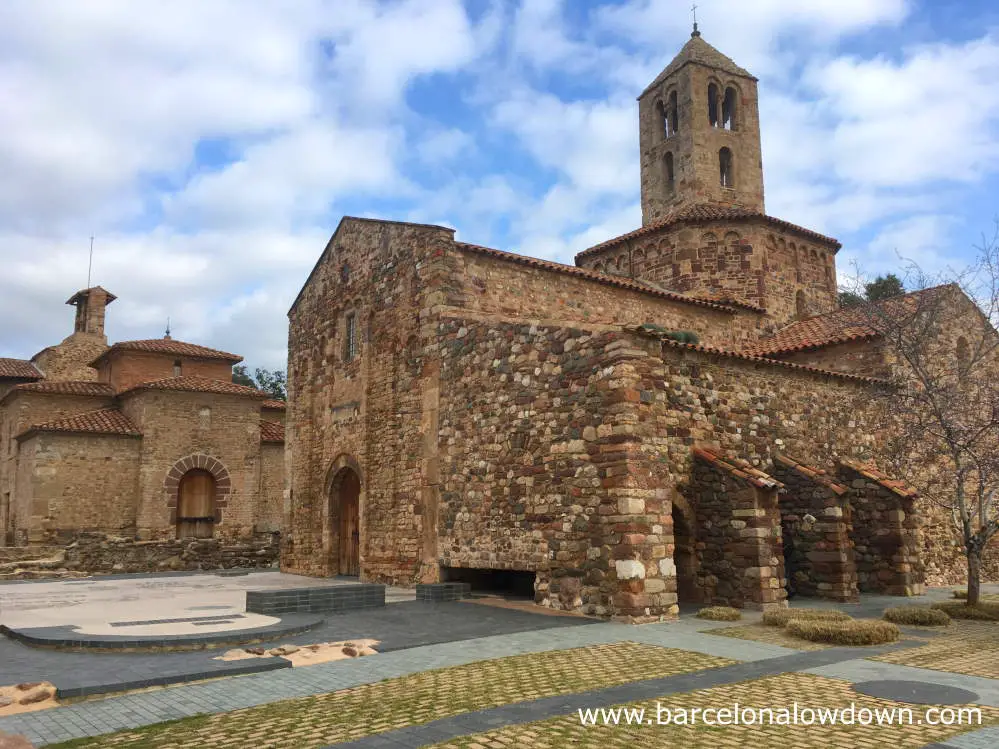
Conclusions
I hope you found this post helpful and that it answered your questions concerning the Camino de Santiago from Barcelona to Montserrat.
If there’s anything else you need to know, please contact me via the comment section below. I’ve walked all the routes described in this post at least once and have experience walking other parts of the Camino, although I haven’t yet made it to Santiago de Compostela.
¡Buen Camino!, or, in Catalan, Bon Camí!

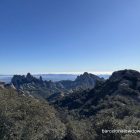
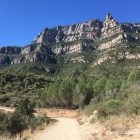


Thanks for all of this good information! I will definitely take your advice for the wikiloc. My worry is that it may be a little difficult to navigate.
I have done several shorter caminos: Primitivo, Portuguese, Ingles and parts of the Frances and Via de la Plata – but never one for more than 3 weeks. I finally have a good chunk (6 / 7 weeks) to do this! I am hoping to leave from my door in Oran, Algeria, walk to the ferry, cross Barcelona, and then keep walking to Santiago late next summer!
Hi Courtney,
Thanks for your comment, I’m glad to hear you found the article helpful.
I’m also walking the camino in sections, one week at a time, it would be great to have seven successive weeks just for walking.
I’m sure you won’t have trouble finding your way. The Camino is better marked once you get past Montserrat, and there are plenty of tracks on Wikiloc. Another option would be to download the Gronze Maps app, I’ve not used it yet myself, but the website is very good, so I’d imagine the app will be too.
Bon Camí!
I would like to walk Camino de Santiago from Barcelona. This is my first time. I like to get an insight about the walk with some insights. I am a 71 years old healthy female. However, I like to avoid high elevations/climbing. Please help!
Hi Sue,
Thanks for reading my blog, and for leaving a comment.
I think that the route from Barcelona to Montserrat will suit you, all three days are fairly short, on footpaths or tracks and there are no high elevetaions or technical sections. There are also a few urban sections, most notably through Barcelona and Sant Cugat.
I’ve not completed the entire Camino all the way to Santiago yet, but I have completed most of the Catalan stages and have shared them on my Wikiloc profile here (check out the “Camí de Sant Jaume” list). You’ll seee that, although a few of them are quite long, none of them involve high altitude, and they are all technically easy.
Let me know if you have any specific questions and I’ll do my best to help.